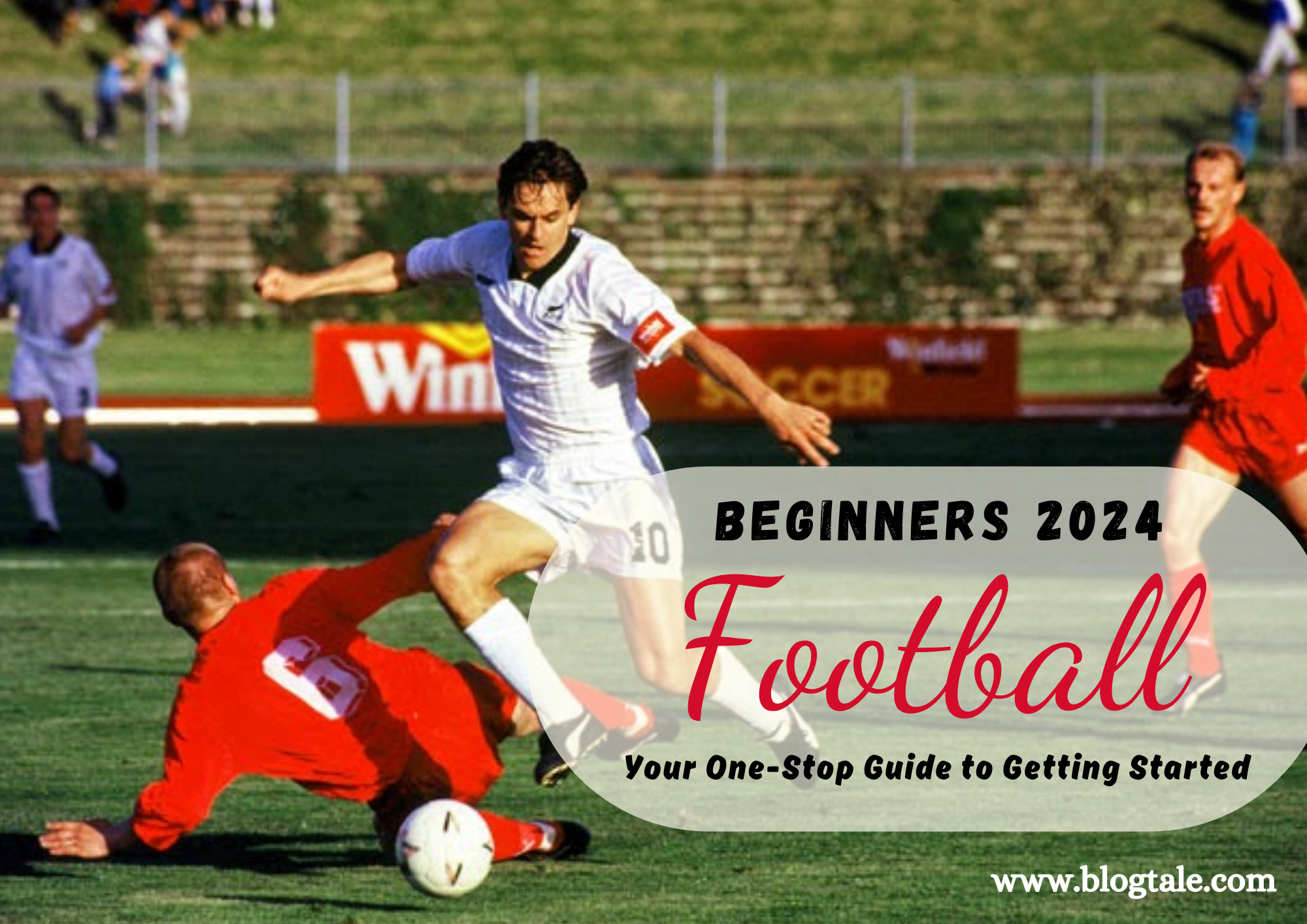How OTT Platforms Have Reshaped the Meaning of Entertainment Success: Beyond the

The Ultimate Guide to Playing Chess: Rules, Strategies, and Tips
Chess, the grand game of strategy and intellect, has captivated minds for centuries. But where do you begin if you’re a complete beginner? This ultimate guide will equip you with everything you need to know to play chess, from setting up the board to developing cunning strategies.
Chess for Beginners: Mastering the Basics
- Setting Up the Board: The chessboard is an 8×8 grid of alternating light and dark squares. Each player has 16 pieces: 8 pawns, 2 rooks, 2 knights, 2 bishops, a queen, and a king. White pieces always occupy the first rank, while black takes the second. There are many resources online to help you memorize piece placement, or you can use the handy trick: “White Queen on White!”
- Piece Movement: Each chess piece has a unique movement pattern. Pawns move one square forward (two squares on their first move), rooks move horizontally or vertically any number of squares, knights move in an “L” shape (two squares in one direction and then one square perpendicularly), bishops move diagonally any number of squares, the queen can move any number of squares in any direction (think of it as a combination of rook and bishop), and the king can move one square in any direction.
- Special Moves: Chess has a few special moves to add spice to the game. Castling allows you to move your king two squares towards a rook, then hop the rook over the king to the opposite side of it. En passant is a special pawn capture that can occur immediately after an opponent’s pawn moves two squares from its starting position.
- Winning the Game: Chess is won through checkmate. This occurs when you place your opponent’s king in a position where it is under direct attack (check) and there is no escape for the king (checkmate).
Chess Strategies for Upping Your Game
Once you’ve mastered the basics, it’s time to delve into strategies that will make you a formidable opponent.
- Control the Center: The center of the board is considered the most critical area, providing the most influence over the squares. Aim to occupy the central squares with your pawns and pieces.
- Develop Your Pieces: Early in the game, focus on getting your pieces out of the back rank and onto squares where they can become active. A developed piece is a powerful piece!
- Protect Your King: Throughout the game, prioritize your king’s safety. Don’t leave it vulnerable to attack.
- Think Ahead: Don’t just focus on your next move, consider your opponent’s possible responses and plan your moves accordingly.
- Practice Tactics: Tactics are the nuts and bolts of winning chess games. These involve identifying opportunities to capture pieces, deliver forks (attacking two pieces at once), or exploit pins (restricting an opponent’s piece movement).
Chess Tips for Beginners
- Play Chess Online: Numerous websites and apps offer free chess platforms where you can play against computers or other players.
- Analyze Your Games: After each game, take some time to reflect on your moves. What went well? Where did you make mistakes?
- Learn from the Masters: Watch games played by chess grandmasters and analyze their strategies.
- Most Importantly, Have Fun! Chess is a challenging but rewarding game. Embrace the learning process and enjoy the thrill of the competition.
By following this guide and putting in the practice, you’ll be well on your way to becoming a confident chess player.








